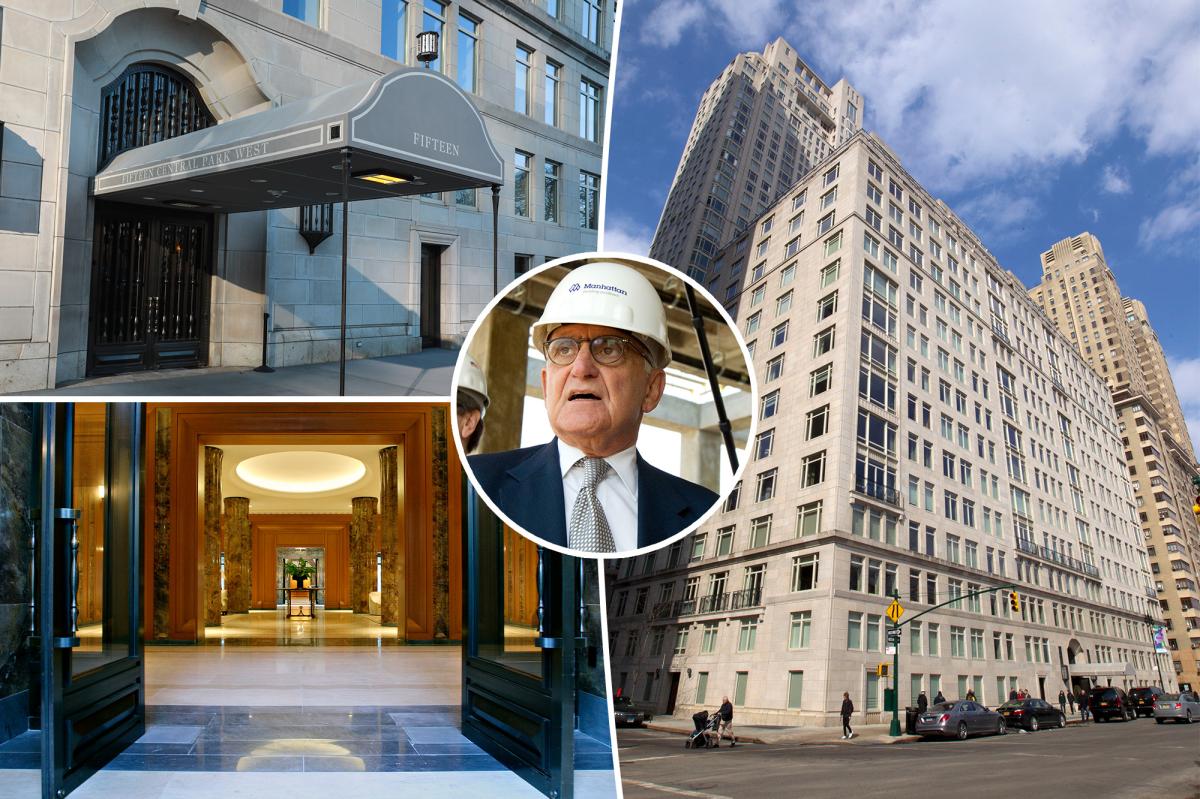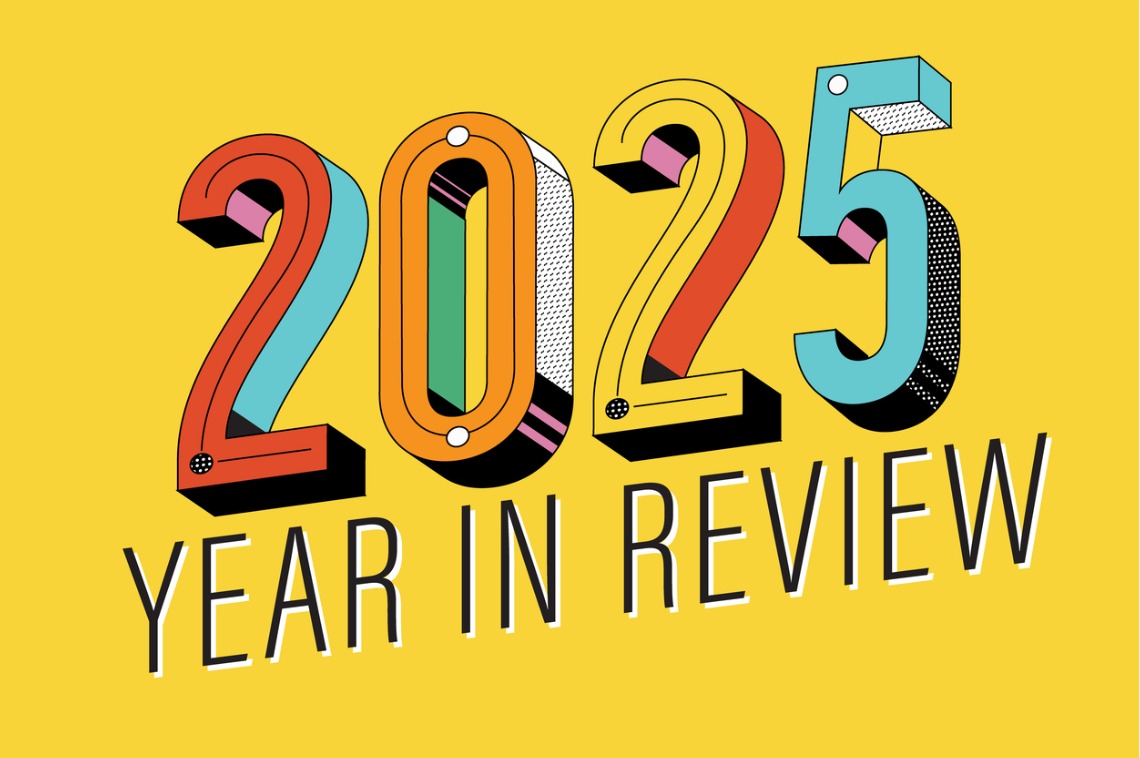A
s a certified Professional Interior Designer, I've encountered many misconceptions about our profession. One of the biggest is that we're just decorators. In reality, becoming a licensed interior designer requires a minimum of six years of education and training after high school, including completion of an accredited program and two years of post-graduate work under a licensed designer. Our role goes beyond aesthetics; we must ensure compliance with accessibility laws, building codes, and regulations to create spaces that promote the best quality of life.
I've been in the industry for over 30 years, navigating economic downturns, including the 2008 crisis and the aftermath of Covid-19. Despite challenges, I'm optimistic about the future. Interest rates are stabilizing, and developers are once again investing in projects. Baton Rouge is experiencing a surge in demand for traditional neighborhood developments (TNDs), which offer walkable communities with modern amenities.
The Capital Region's unique blend of urban and rural living sets it apart from other parts of the state. Our city's forward-thinking developers have created vibrant, destination-like neighborhoods that combine convenience with a sense of community. As someone who lives in Rouzan, I can attest to its appeal.
To stay ahead of the curve, my business has diversified into new areas, including staging and commercial design. By offering customized solutions for clients' needs, we've built strong relationships and created value-added services like staged property consulting. This approach allows us to adapt to changing market conditions while maintaining our focus on customer relationships.
Looking ahead, I'm confident that the Baton Rouge real estate market will continue to thrive. As the cycle turns upward, businesses will flourish, and consumers will start spending again. With a strong foundation in design expertise and a commitment to customer satisfaction, I believe our business is poised for long-term success.














